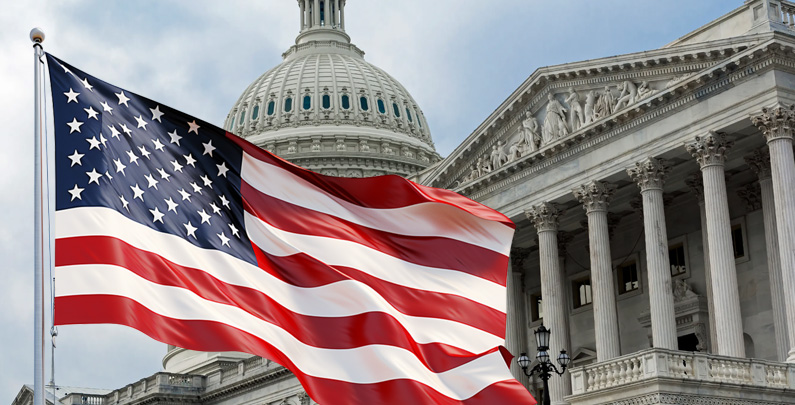
Looming Uncertainty: Potential US Government Shutdown as Funding Deadline Approaches
As the clock ticks down to a critical deadline, the specter of a United States government shutdown looms large, casting uncertainty over federal operations and services. With funding set to expire at midnight on November 17th, 2023, Congress finds itself in a familiar scenario, grappling with political divisions and crucial decisions that could impact millions of Americans.
Background:
The current funding crisis stems from the failure of lawmakers to pass a new spending bill to fund the federal government for the upcoming fiscal year. While temporary measures have kept the government afloat in recent weeks, a long-term solution has remained elusive, raising concerns about the potential consequences of a government shutdown.
Stalemate on Capitol Hill:
The halls of Capitol Hill are abuzz with negotiations, but partisan divisions have led to a stalemate in the ongoing budget discussions. Key points of contention include funding for specific programs or agencies, controversial policy provisions, and differing approaches to addressing the nation’s financial priorities.
Despite bipartisan efforts to find common ground, the looming deadline has intensified the sense of urgency among lawmakers, with each side blaming the other for the lack of progress. As the clock continues to wind down, the potential for a government shutdown becomes increasingly likely.
Impact on Federal Agencies and Services:
Should a government shutdown occur, the effects would be far-reaching. Federal agencies, already grappling with the challenges of ongoing crises, would face disruptions in operations. Essential services, such as national security, law enforcement, and public health, would continue, but many federal employees could be furloughed or forced to work without pay until a resolution is reached.
National parks, museums, and other federally funded institutions may face closures, inconveniencing both tourists and local communities. Additionally, government contractors and businesses that rely on federal funding may experience delays and financial strain.
Economic Ramifications:
The potential economic impact of a government shutdown is a cause for concern. Previous shutdowns have demonstrated that the uncertainty surrounding government operations can lead to financial market volatility and hinder economic growth. Businesses dependent on government contracts may face disruptions, and consumer confidence could wane as the specter of a prolonged shutdown looms.
Public Frustration:
As the possibility of a government shutdown becomes more imminent, public frustration is on the rise. Citizens across the country, already grappling with the effects of other crises, are expressing concerns about the government’s ability to fulfill its basic functions and responsibilities.
Continued Negotiations:
Despite the current impasse, lawmakers remain engaged in negotiations, seeking a last-minute resolution to avert a government shutdown. Both sides are under increasing pressure to find common ground and pass a spending bill that will keep the federal government operational.
As the nation watches and waits, the outcome of these negotiations will have far-reaching implications, determining the immediate future of federal operations and services. As the deadline approaches, all eyes are on Capitol Hill to see whether a compromise can be reached to prevent another chapter in the history of government shutdowns.
